Sugarcane cultivar CP 06-2400 was commercially released for muck soil in 2013, while CP 06-2042 and CP 07-2137 were released in 2014. CP 07-2137 was released for sand soil, and CP 06-2042 was released for both muck and sand soils. Due to their high tonnage and moderate to high resistance against most of the local sugarcane diseases, CP 06-2400 and CP 06-2042 were quickly adopted by local sugarcane growers. In the 2022-23 planting season, CP 06-2400 and CP 06-2042 were adopted on approximately 6,000 and 23,000 acres, respectively, on muck soil. Growers like the high sugar concentration in CP 07-2137. However, its susceptibility to smut may limit the increase of its acreage on sand soil. CP 07-2137 is currently grown on 3,100 acres with roughly half it on each soil type.
All three cultivars were developed through the cooperative agreement between the United States Department of Agriculture (USDA) Sugarcane Field Station at Canal Point, the UF/IFAS Everglades Research and Education Center at Belle Glade, and the Florida Sugar Cane League. These cultivars were crossed at the Sugarcane Field Station and evaluated through the cooperative breeding and selection program. This fact sheet provides basic information (Table 1) and yield and disease information (Table 2) for CP 06-2400, CP 06-2042, and CP 07-2137 to assist growers in better selection and management of these cultivars. The intended audience is sugarcane growers, farm managers, researchers, and Extension agents. The yields of these cultivars are compared with those of reference cultivars (CP 89-2143 for muck and CP 78-1628 for sand soils) planted in the same field trials.
CP 06-2400
CP 06-2400 was released in 2013 for muck soil in Florida. High tonnage, complete resistance to brown rust (caused by Puccinia melanocephala H. & P. Sydow), and moderate resistance to orange rust (caused by Puccinia kuehnii E. J. Butler) resulted in the cultivar's adoption on approximately 6,000 acres (1.5% of total sugarcane acreage in Florida) in just a few years after its commercial release. It has the Bru1 gene that provides resistance to brown rust. Rust resistance is very important in Florida sugarcane due to most of our current commercial cultivars' susceptibility to one or both of the rust diseases and expenses associated with chemical control. CP 06-2400 also has moderate to good freeze tolerance and generally no flowering under field conditions, which is typically favored by growers. Growers should be aware of a few of the limitations of this cultivar, such as poor germination in wet conditions, relatively lower sucrose concentration, and susceptibility to ratoon stunting disease (RSD) (caused by Clavibacter xyli subsp. Xyli Davis). More information on CP 06-2400 can be found in Zhao et al. (2015).

Credit: Wayne Davidson, Florida Sugar Cane League
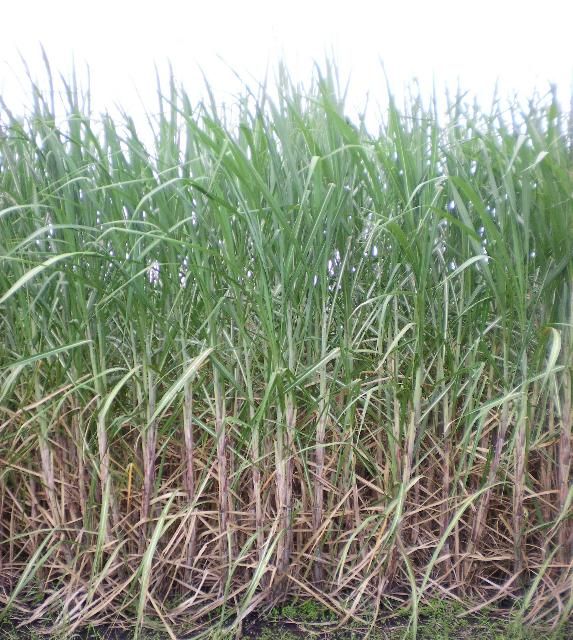
Credit: Wayne Davidson, Florida Sugar Cane League
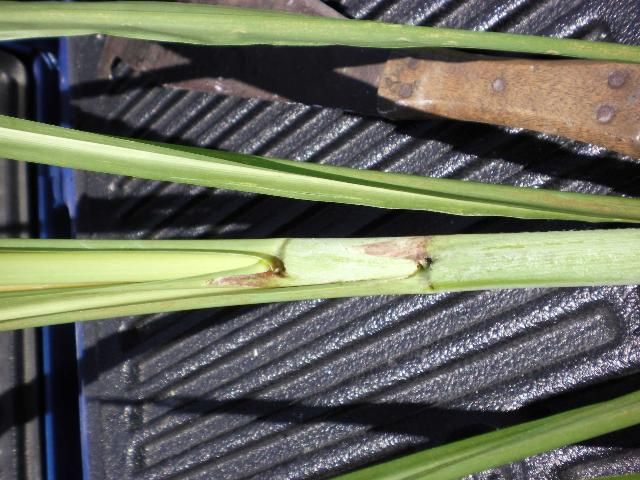
Credit: Wayne Davidson, Florida Sugar Cane League
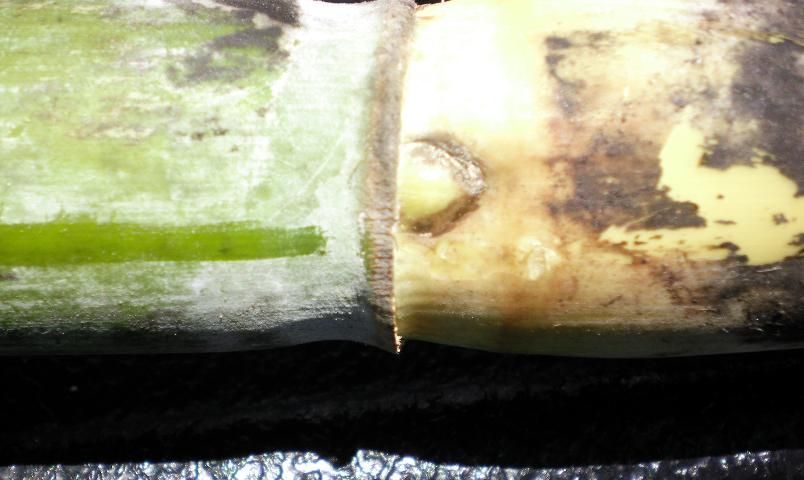
Credit: Wayne Davidson, Florida Sugar Cane League
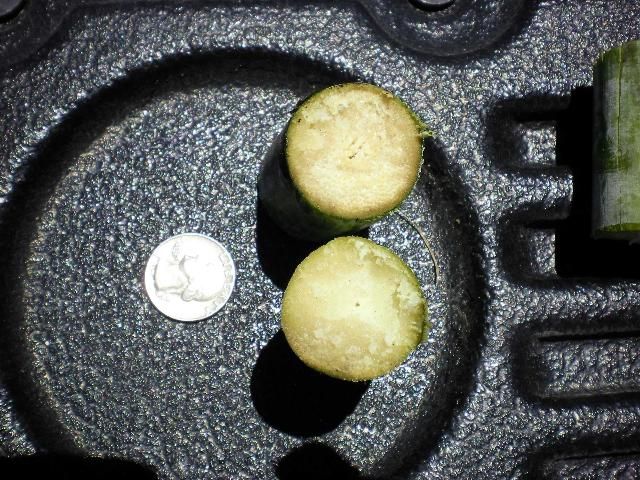
Credit: Wayne Davidson, Florida Sugar Cane League
CP 06-2042
Although CP 06-2042 was released in 2014 for commercial cultivation on both muck and sand soils in Florida, it is currently adopted on approximately 23,000 acres (5.7% of total sugarcane acreage in Florida) only on muck soil. CP 06-2042 had higher tonnage than check cultivars (CP 89-2143 on muck and CP 78-1628 on sand) (Table 2), but the difference on muck was much higher than on sand soils. CP 06-2042 has the Bru1 gene that provides resistance against brown rust, but it is susceptible to orange rust. High tonnage, no flowering, early sucrose, and brown rust resistance are favorable attributes of CP 06-2042 on either soil type, but growers need to monitor the crop for orange rust and RSD and follow appropriate control measures. Low freeze tolerance of this cultivar can be another concern during severe winters. Additional information on CP 06-2042 can be found in Davidson et al. (2017).

Credit: Wayne Davidson, Florida Sugar Cane League
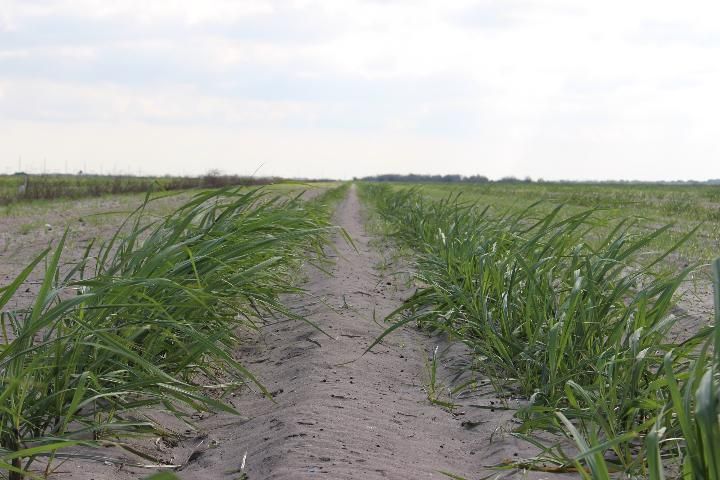
Credit: Wayne Davidson, Florida Sugar Cane League

Credit: Wayne Davidson, Florida Sugar Cane League
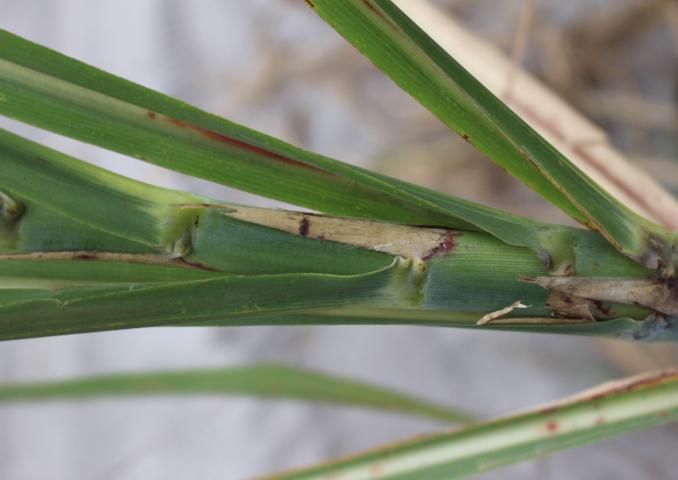
Credit: Wayne Davidson, Florida Sugar Cane League
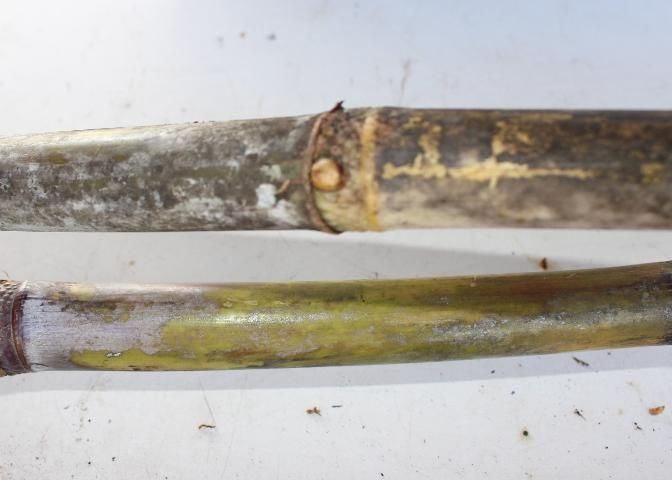
Credit: Wayne Davidson, Florida Sugar Cane League
CP 07-2137
CP 07-2137 was released in 2014 for commercial cultivation on sand soil. It is currently adopted on 3,100 acres (<1% of total sugarcane acreage in Florida). Susceptibility to smut (caused by Sporisorium scitamineum (Syd.) M. Piepenbring et al.) may pose a major challenge to the adoption of this cultivar on sand soil because smut is normally more severe on sand than muck soils. High tonnage, rust resistance, and no flowering in Florida conditions are the major positive attributes of this cultivar. CP 07-2137 does not have the Bru1 gene, but it still shows moderate resistance to brown rust disease. CP 07-2137 has moderate to low freeze tolerance based on deterioration of sucrose content after exposure to freezing temperatures. More information on CP 07-2137 can be found in Sandhu et al. (2016).
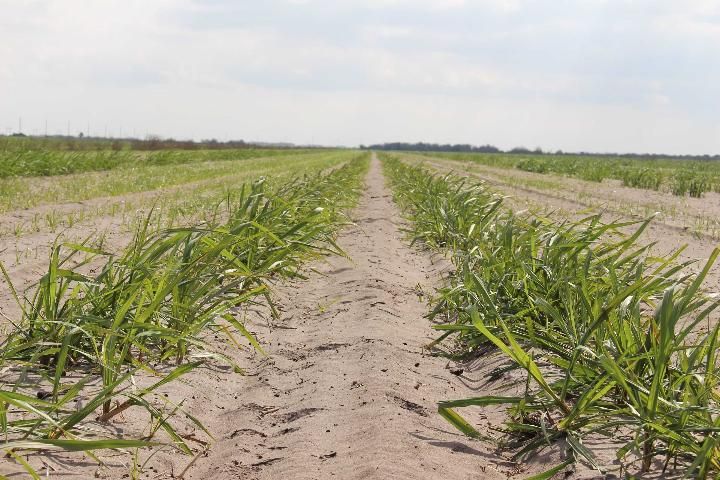
Credit: Wayne Davidson, Florida Sugar Cane League
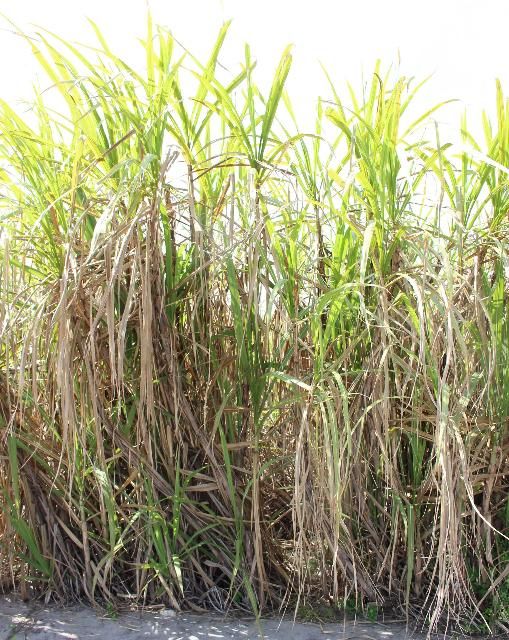
Credit: Wayne Davidson, Florida Sugar Cane League
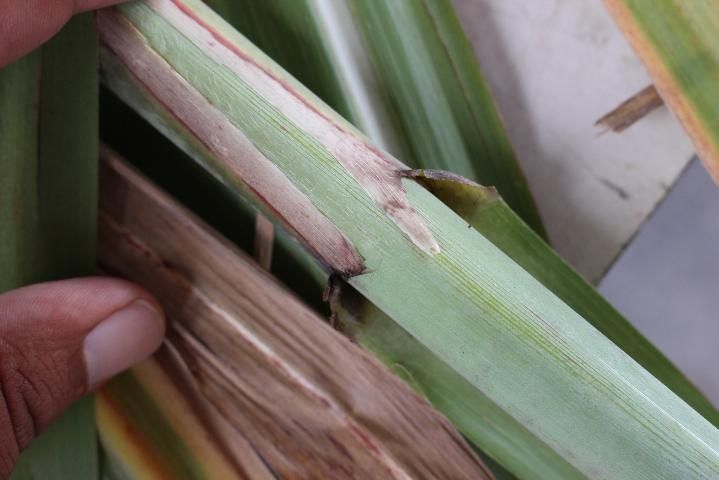
Credit: Wayne Davidson, Florida Sugar Cane League
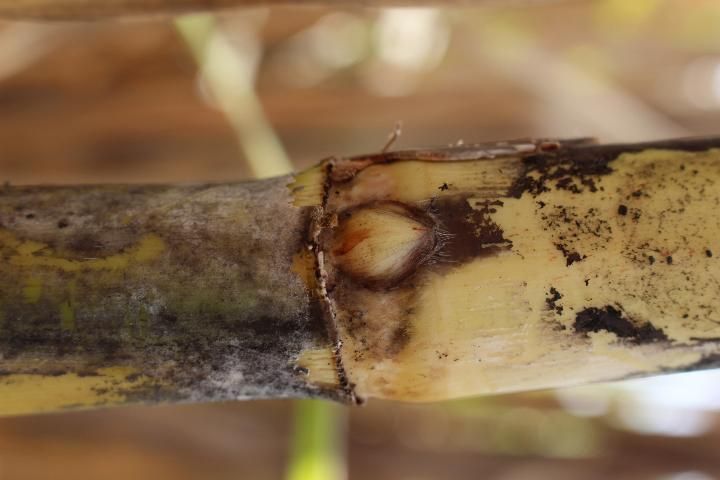
Credit: Wayne Davidson, Florida Sugar Cane League

Credit: Wayne Davidson, Florida Sugar Cane League
References
Davidson, W., H. Sandhu, P. McCord, J. Comstock, S. Edme, D. Zhao, S. Sood, N. Glynn, R. Gilbert, M. Singh, M. Baltazar, and K. McCorkle. 2017. "Registration of 'CP 06-2042' sugarcane." J. Plant Reg. 11: 121–128.
Sandhu, H. S., P. McCord, J. C. Comstock, S. Edmé, D. Zhao, M. P. Singh, W. Davidson, S. Sood, N. Glynn, R. Gilbert, V. Gordon, M. Baltazar, and K. McCorkle. 2016. "Registration of 'CP 07-2137' sugarcane." J. Plant Reg. 10: 265–270.
Zhao, D., J. C. Comstock, H. S. Sandhu, B. Glaz, S. J. Edmé, W. Davidson, S. Sood, R. Gilbert, K. McCorkle, and N. C. Glynn. 2015. "Registration of 'CP 06-2400' sugarcane." J. Plant Reg. 9: 71–77.